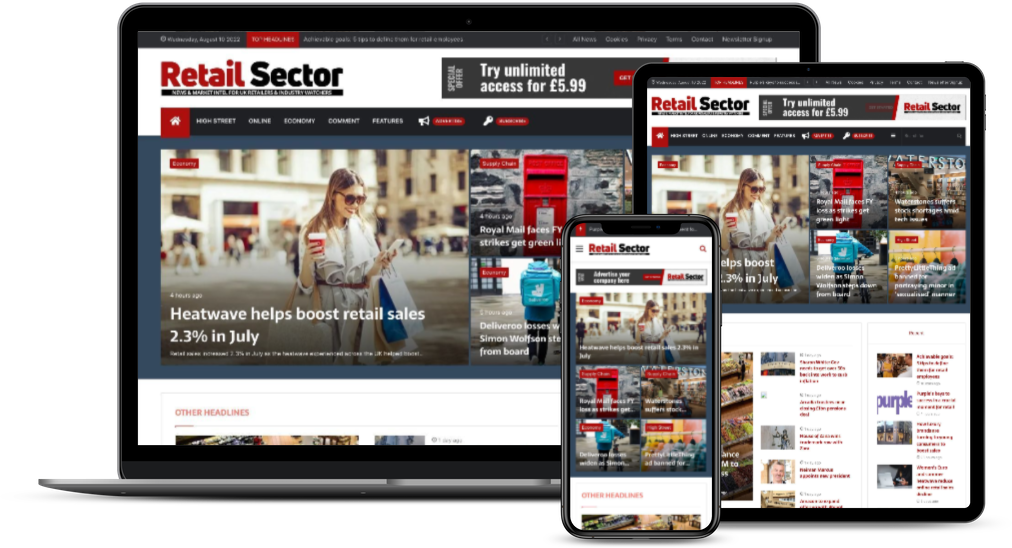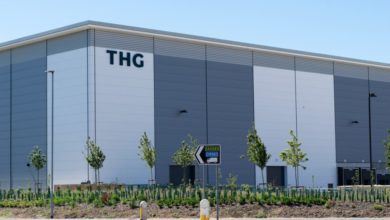Two key pillars that define success for modern retailing

While the news shines a gloomy light on the state of a retail industry, the statistics reveal a more positive outlook. With e-commerce figures climbing year on year and retailers reporting a more engaged, communicative customer base, the industry may simply be in transition, rather than turmoil, as the model evolves to better serve consumers.







